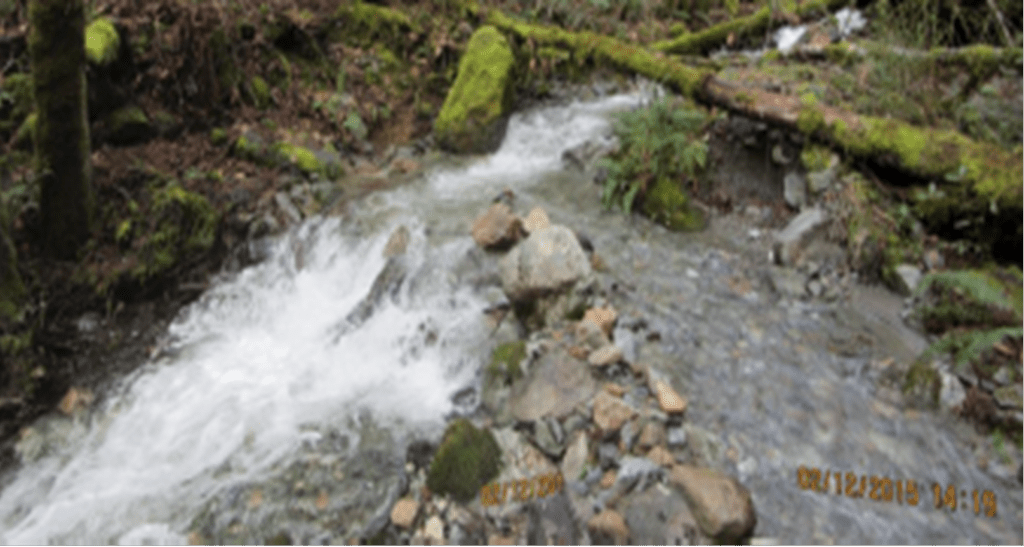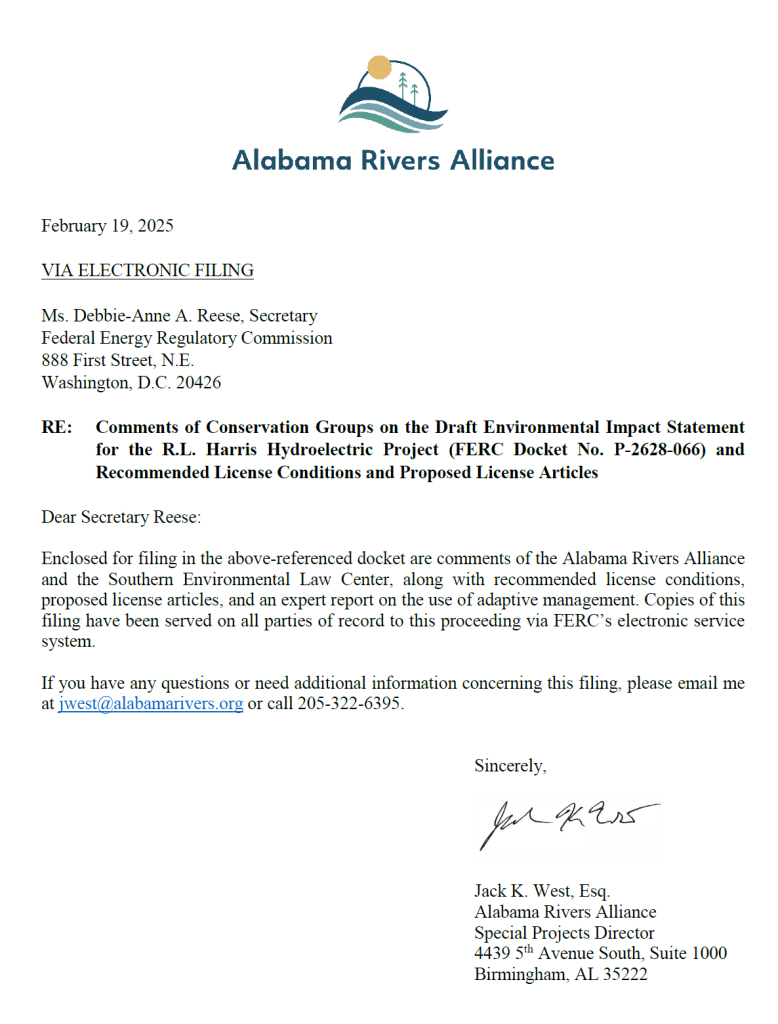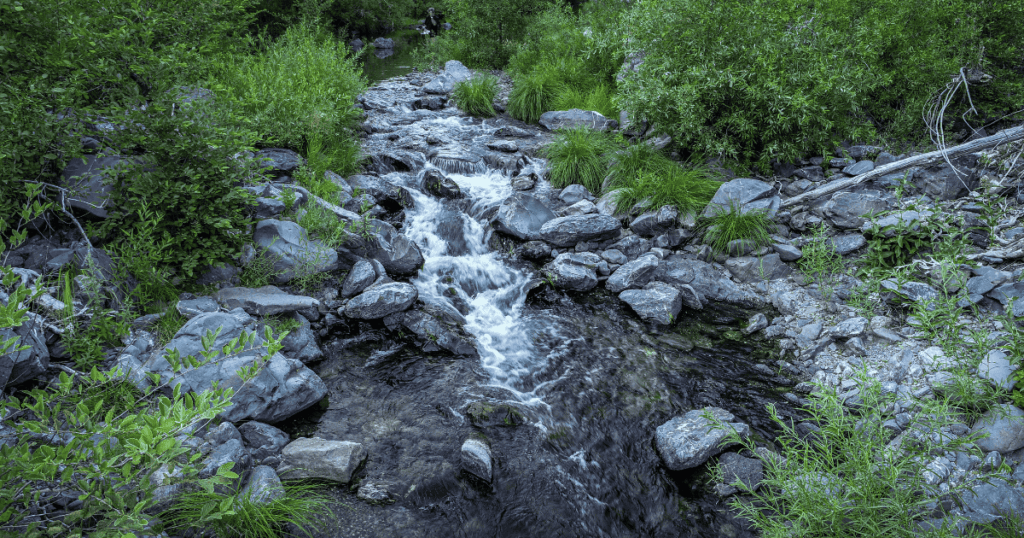The general timeline for the standard licensing process is as follows:
- Five years before its license expires, a utility notifies FERC that it intends to seek a new license. It then develops an application that provides important data on the environmental and recreational impacts of its dam(s) and identifies areas for further study. Extensive research then begins.
- Two years before its license expires, a utility submits a formal application to FERC detailing how the utility proposes to operate its dam(s). Other government agencies and citizens groups can comment on this application and recommend, and in some cases require, conditions for dam operations. The Commission then conducts an environmental impact statement.
- FERC approves the license if it is deemed “in the public interest.” The license must protect fish and wildlife, meet water quality standards, provide fish passage if necessary, protect surrounding lands, and improve recreation opportunities. The final license decision can be appealed to FERC, and then beyond to federal courts.
The Federal Energy Regulatory Commission has the following three types of licensing processes:
1. Integrated Licensing Process (ILP)
The ILP was adopted by FERC in 2003 and is the default licensing process for obtaining a hydropower license. The ILP was developed by a number of stakeholders including members of the Hydropower Reform Coalition. The ILP integrates the development of license application and environmental review, and it coordinates FERC and other regulatory agencies that undertake such environmental review.
2. Traditional Licensing Process (TLP)
The Traditional Licensing Process is a simpler process that may be more appropriate for less controversial projects or for exemptions or conduit projects. In the TLP, environmental studies can occur after the application is filed. In a TLP, consultation with stakeholders is limited and unlike in IILP, FERC participation begins only after a license application is filed.
3. Alternative Licensing Process (ALP)
Under the ALP, an applicant can combine the pre-filing consultation process and the environmental review under the National Environmental Policy Act (NEPA) into a single process. Adopted in 1997, the ALP’s primary purpose is to facilitate the negotiation of a settlement that, when filed with FERC, may serve as the basis for a new license.
More information can be found in our Citizen Guide to License Implementation. See the comparison of the three licensing processes on FERC’s website.



